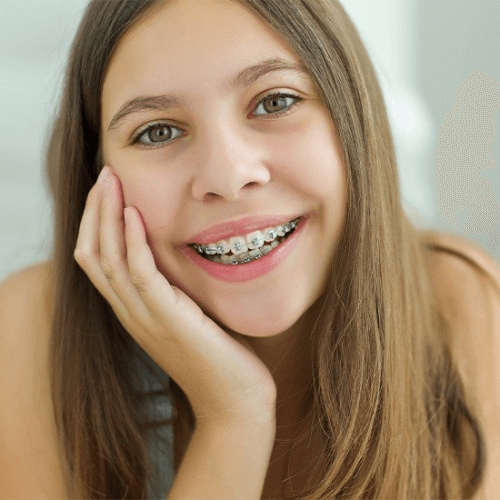Braces, like all good dental and medical technologies, have stood the test of time as a result of continual development and betterment. Even modern dentistry has taken them further than their initial foothold in metal lingual braces, but they weren’t always this advanced either. You might be surprised by the materials and methods used during […]
Braces, like all good dental and medical technologies, have stood the test of time as a result of continual development and betterment. Even modern dentistry has taken them further than their initial foothold in metal lingual braces, but they weren’t always this advanced either. You might be surprised by the materials and methods used during their journey through history, and you’ll thank us that we use some of the finest in modern teeth straightening systems!
Join us as we discover how braces have changed through history.
It was the Romans of 400BC who were some of the first to document their thoughts on teeth straightening and uniformity. Celsus, a Roman writer, hypothesised that pushing your tooth into position with your finger was possible, but obviously a constant pressure would need to be applied for this to happen. A second writer, Pliny, added that filing your teeth to a uniform size and length would benefit your smile, and it was in these early years that teeth straightening first began to be explored.
Leap forwards to the 18th century and we find that the development of braces has continued afresh. The original Father of Dentistry, Pierre Fauchard, created one of the first appliances to align and straighten wayward teeth known as the bandeau. This appliance was shaped like a horseshoe and was punctuated by holes that fit over the teeth. They would then be pulled and pushed into position, though this would’ve been extremely painful. Fauchard would later operate on his patients, forcibly realigning teeth and anchoring their new placement to the neighbouring teeth with metal wires. This would be unpleasant for all involved. If you aren’t cringing already, this next fact will surely draw a shudder: wedges of wood were driven between overcrowded teeth to create space and uniformity. Ouch!
Come the 20th century we’ve bid farewell to the Father of Dentistry and are introduced to the Father of Modern Orthodontics. Edward Hartley Angle took braces by the hand and was one of the first to understand the true properties of misaligned teeth and how they occur. However, it wasn’t until the 1970s that orthodontists stopped anchoring teeth by winding metal wires around them. Dental adhesive became our new best friend at this time, allowing us to attach brace brackets to the surface of the tooth without the need for metal wire. It’s this form of lingual braces that remain largely unchanged to this day.
However, braces have continued to develop in a sideways path rather than straight-forward. By this we mean they’ve developed, upgraded, and become far more accessible in different forms yet still straighten the teeth. Our array of modern braces perform as you’d never expect braces to in your wildest dreams; removable, comfortable, and relatively quicker treatment times are all added bonuses of this new technology.
We’re proud to offer 3 types of advanced aligners as well as traditional braces. From the enviable discretion of clear braces, the speedy treatment of Six Month Smiles, to the efficiency of Damon braces, you can find the advanced brace system that works for you.
Book your appointment with Heaton Mersey Orthodontic Centre and we promise we won’t use any wood! Call us on 0161 947 9900 or enquire online today.
